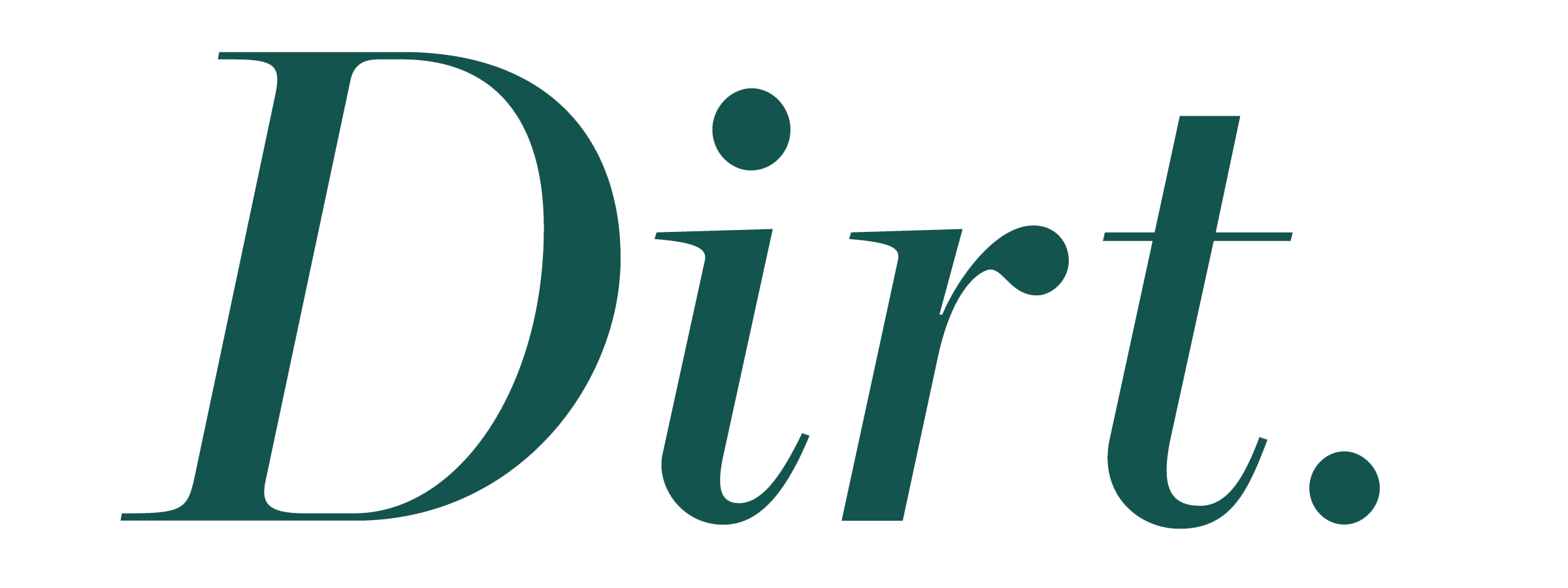DIRT (RE):VISIONDC
27 QUESTIONS FOR VISIONDC
1. Why does the VISIONDC Summit cost money to attend (up to $75 with a $10 boxed lunch), especially with so much sponsorship?
2. How are the profits from this event allocated and to whom?
3. Does Cultural DC (and the developer projects in ART TANK) meet W.A.G.E standards for the payment of artists participants? (W.A.G.E. ensures the fair payment of artist fees and establishes a sustainable labor relation between artists and the institutions that contract their work).
4. What is the responsibility of developers to pay artists a fair wage, especially in light of the NEA’s current status?
5. Why is this referred to as an “Arts and Innovation Summit” when it is essentially an auction that forces artists to perform?
6. Why has “gentrification” been parodied as the “g-word”?
HOW DO YOU DEFINE "CREATIVES?"
7. How do you define “creatives”? (On the VisionDC website they are defined as “SCULPTORS + DANCERS + POETS + MUSICIANS”?)
8. Why are the words “artist” and “creatives” used interchangeably throughout the website - aren’t their needs and goals different?
How is this creating models for future partnerships?
9. If Shark Tank is meant to increase the worth of an entrepreneur's idea, how does ArtTank mimic this goal while promising “affordable” art installations to developers?
10. Why turn the professional struggle of artists securing funding into "crowd-pleasing" entertainment ?
11. How does ArtTank create a sustainable model for artists partnering with developers in the future?
12. Who came up with the $5,000 - 10,000 budget for an unknown large-scale custom installation? [For comparison: The DC Office of Planning recently granted $50,000-$125,000 to “place-makers” for their CROSSING THE STREET initiative.]
13. Are the “awarded funds” for the entire budget of the project, or does it also include the artist’s honorarium?
14. Isn’t it true that all of the money has already been awarded? How is this “real time”?
15. What percentage is CulturalDC taking from the awarded funds to artists?
16. If the artist is “responsible for securing personnel, technical assistance and providing insurance coverage if needed,” what “management” is CulturalDC providing for this cut?
17. How does VISIONDC define “community” and how do you ensure these projects benefit them?
18. Do artists have any input in the developers or communities they work with?
19. Why is VISIONDC comfortable with pitting artists against each other for limited funds when developers are clearly thriving?
20. Why is VISIONDC promoting, even making it easier, for developers to exploit and undercut artists?
21. How does this show any level of respect towards these artists?
22. Who is protecting the artists and their original ideas after presenting?
23. How do artists participating feel about being marketed as a “one of a kind amenity”?
24. What kind of tax-breaks or zoning exceptions could these future projects give to the developers?
25. How can this event promote “investing in the arts” when it is clearly an investment into entities that have no interest in advocating for artists and neighborhoods?
26. Who's vision of DC is VISIONDC advocating for?

